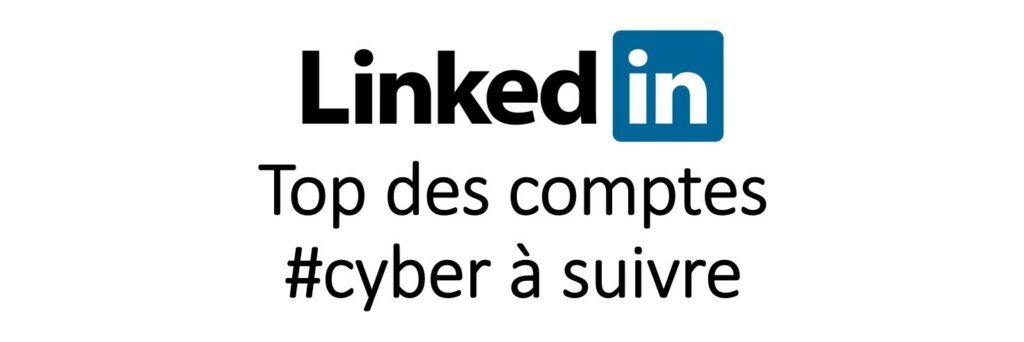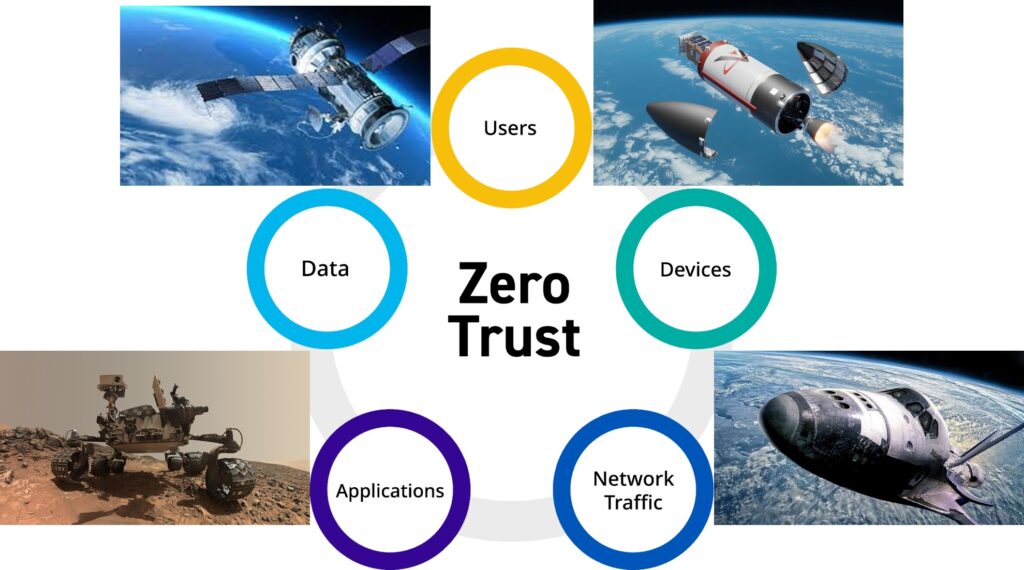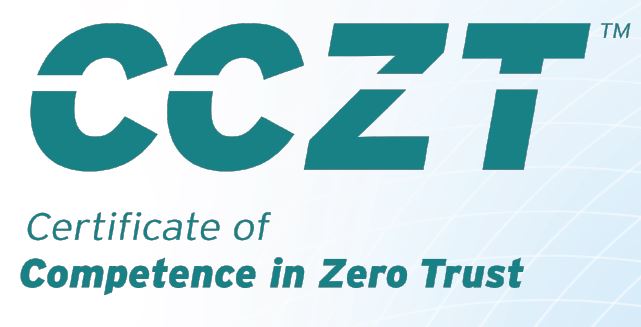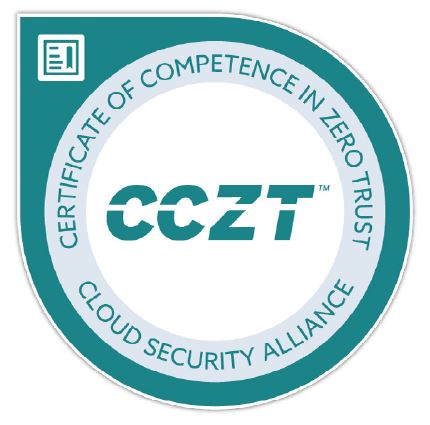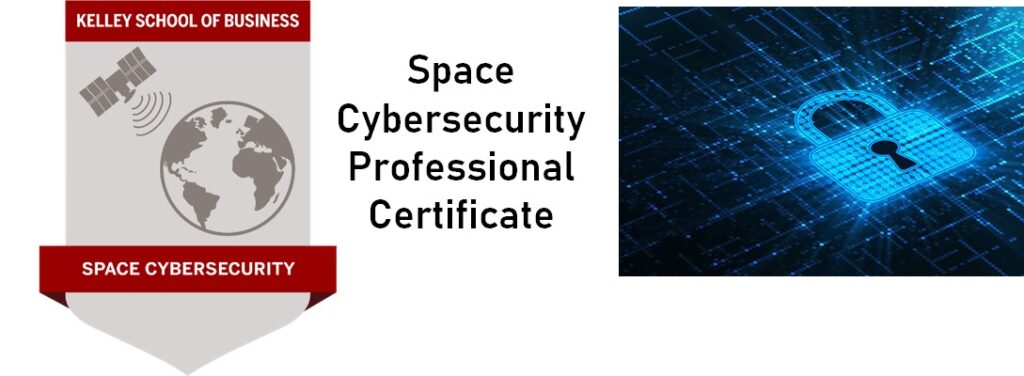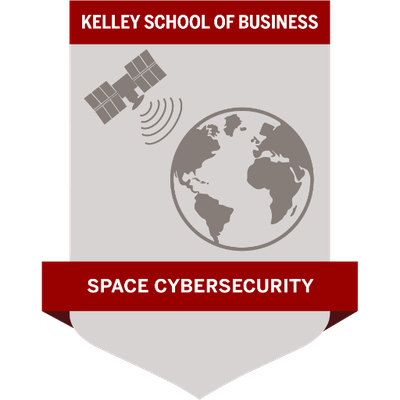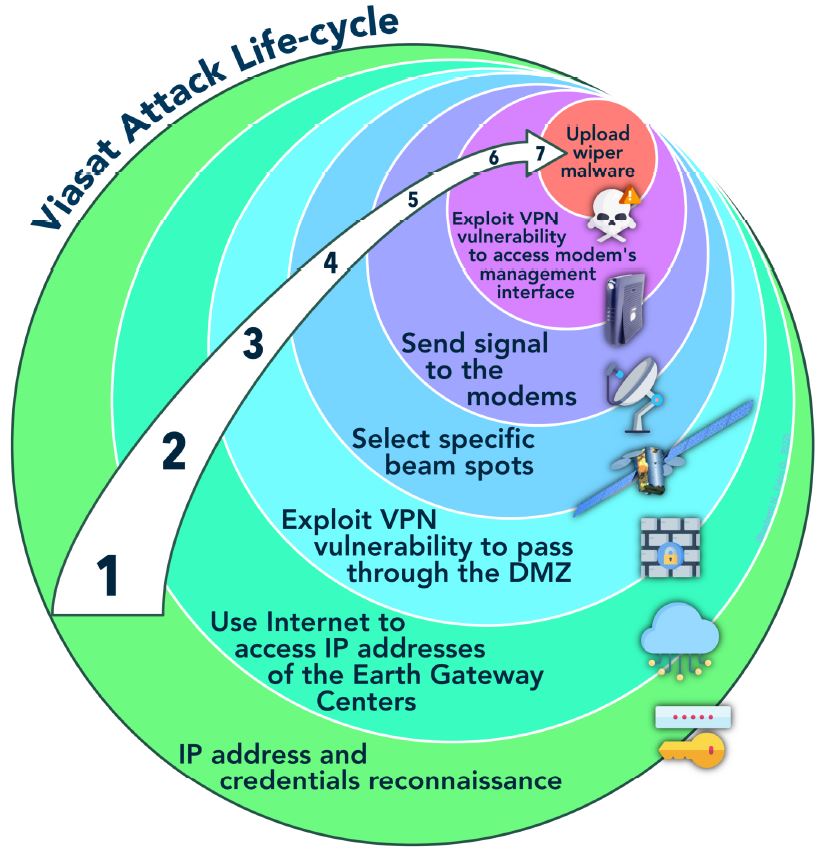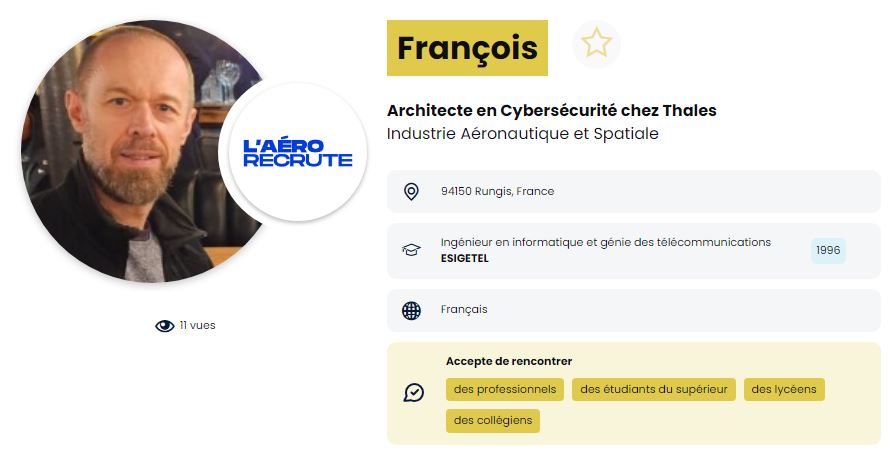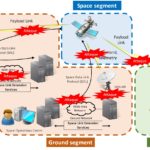Souvent on pense à Twitter pour réaliser sa veille sécu. Mais Linkedin reste une excellente source d’information dans le domaine du cyber. Je vous présente ci-dessous une liste de comptes Linkedin à suivre que j’ai sélectionnée pour la qualité de leurs posts et la pertinence des informations qu’ils diffusent. N’hésitez pas à me signaler en commentaires si vous en connaissez d’autres et qui pourraient compléter cette liste. Je vous invite à la diffuser très largement pour les faire connaitre et participer à votre niveau à la diffusion de l’information et de la culture cyber.
Martial Gervaise
Martial Gervaise est le directeur Cyber Sécurité Adjoint du groupe Orange. C’est un passionné des technologies digitales et de leurs usages. Il publie régulièrement sur Linkedin des informations très pertinentes sur le thème de la cybersécurité et ses posts sont souvent très commentés et republiés.
Matthieu Garin
Matthieu Garin est Senior Manager et responsable du développement commercial de la ligne de services cybersécurité chez Wavestone. Il conseille depuis plus de 10 ans les CISO sur leurs enjeux de cybersécurité principalement dans le secteur financier. Il a construit l’équipe CERT-W (ex CERT-Solucom) en charge de la réponse aux incidents de sécurité. Il se concentre actuellement sur l’impact des récentes innovations sur la sécurité (machine learning, IA, Blockchain, …) dans un objectif de construire de nouveaux modèles de sécurité. Ses publications sont toujours à la pointe de l’actualité et même souvent premier sur l’information. Matthieu va à l’essentiel avec un résumé pertinent et toujours bien mis en valeur visuellement pour être agréable à lire.
Damien Bancal
Damien Bancal est un expert en cybersécurité et journaliste spécialisé. Il travaille sur les sujets high-tech, cybercriminalité, cybersécurité depuis les années 90. Il est le fondateur du blog Zataz.com et du protocole d’alerte Zataz qui œuvre depuis des années dans le domaine de la cybersécurité. Il anime également une chronique « cybersécurité » lancée depuis septembre 2019 sur WEO TV, la télévision des Hauts-de-France. Il partage régulièrement des articles de son blog Zataz.com liés à l’actualité cyber dont les thèmes font souvent référence au RGPD, Data Breach, Ransomware, …
Gérôme Billois
Gérôme Billois est associé cybersécurité chez Wavestone. Il est en charge du business et du développement international de l’offre globale de cybersécurité du cabinet. Il est membre du conseil d’administration du CLUSIF et du comité ISO chargé de la normalisation de la sécurité de l’information. Il est co-fondateur du Club27001 dédiée à la promotion de la norme ISO 27001. Il intervient régulièrement dans les médias pour parler de cybersécurité.
Brian Krebs
Brian Krebs est un professionnel de la sécurité. Il est l’auteur du site KrebsOnSecurity.com sur lequel il écrit quotidiennement des articles sur la sécurité de l’information et la cybercriminalité. Son principale objectif en tant que professionnel est de rendre les questions de sécurité informatique compréhensibles, intéressantes et opportunes auprès de ses lecteurs.
The Cyber Security Hub
The Cyber Security Hub est un compte d’entreprise Linkedin anglais. Leurs publications sont très fréquentes (plusieurs fois par jour) et sont souvent accès sur des infographies, des guides, des ebook, …. D’après leur propos, ils visent à inciter les échanges et les discussions ainsi qu’à multiplier les conversations sur la cybersécurité afin d’améliorer la culture cyber. Ils visent à augmenter les compétences en sécurité et à élargir le bassin de compétences et de talents.
Cyber Security News, GBHackers On Cyber Security et Ethical Hackers Academy
Les 3 comptes Cyber Security News, GBHackers On Cyber Security et Ethical Hackers Academy semblent être des comptes liés car on y retrouve à très peu de différence près les mêmes informations. GBHackers on Security se définit comme une plateforme en ligne sur la cybersécurité. Elle publie des tuto, des enquêtes, fait des recherches et des tests sur les applications. Cyber Security News se définit comme un canal indépendant de news cyber. Elle publie les dernières nouvelles sur les hackers, la cybercriminalité, les incidents de sécurité, les violations de sécurité, les vulnérabilités, les logiciels malveillants, …
ANSSI (Agence nationale de la sécurité des systèmes d’information)
On ne présente plus l’ANSSI, l’Agence Nationale de la Sécurité des Systèmes d’Information. C’est l’autorité nationale chargée d’assurer la sécurité des systèmes d’information de l’État et de contribuer à celle des opérateurs nationaux d’importance vitale (OIV). L’ANSSI apporte également ses conseils, son expertise et son assistance technique pour prévenir la menace et traiter les incidents portant atteinte à la sécurité du numérique. Son objectif est de promouvoir la confiance numérique ainsi que le développement de la filière de cybersécurité. Elle publie régulièrement des informations sur la prévention de la menace des études sur des modes d’attaques, des informations sur des mesures de protection. Ses guides sont largement diffusés auprès des différents publics sur la nécessaire protection des environnements numériques par la promotion de bonnes pratiques de cybersécurité et la diffusion de recommandations techniques et méthodologiques tout en participant au développement de la formation à la sécurité des systèmes d’information.
The Hacker News
The Hacker News est la page linkedin du site thehackernews.com. Connu aussi sous le trigramme THN, The Hacker News se définit comme une plateforme d’information sur la cybersécurité réputée auprès des professionnels de la sécurité mais aussi des chercheurs, des hackers, des technologues et d’une façon générale des passionnés. Leurs posts présentent les dernières nouvelles en matière de cybersécurité et une couverture approfondie des tendances actuelles et futures en matière d’infosec.
Mais aussi
Philippe Vynckier, Hervé Schauer, Lionel GUILLET, Dominique Bourra, Benjamin Delpy, Gérard PELIKS, Frederic GOUTH, Vincent CHAPELET, …
Et les autres
J’aurais aimé suivre sur Linkedin les comptes ci-dessous mais ceux-ci n’y sont pas activement présents. Il reste Twitter pour les suivre : Korben, x0rz, SwitHack, Bruce Schneier, …

